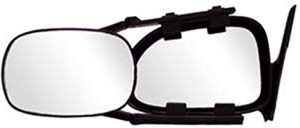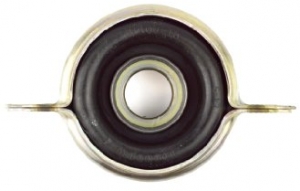-
Welcome to Tacoma World!
You are currently viewing as a guest! To get full-access, you need to register for a FREE account.
As a registered member, you’ll be able to:- Participate in all Tacoma discussion topics
- Communicate privately with other Tacoma owners from around the world
- Post your own photos in our Members Gallery
- Access all special features of the site
Rear Differential oil 75w85??
Discussion in '2nd Gen. Tacomas (2005-2015)' started by BBBsti LTD, Sep 30, 2012.


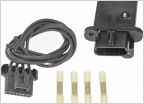 Burning smell and truck wont shut off
Burning smell and truck wont shut off 2010 2.7L won’t start after fuel system cleaner
2010 2.7L won’t start after fuel system cleaner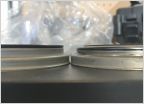 Oil seal not seating after wheel bearing install
Oil seal not seating after wheel bearing install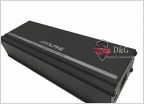 Aftermarket radio deals
Aftermarket radio deals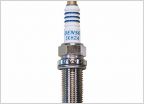 Spark Plugs
Spark Plugs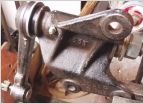 Lubing Gen2 4x4 TRD Chassis
Lubing Gen2 4x4 TRD Chassis
















